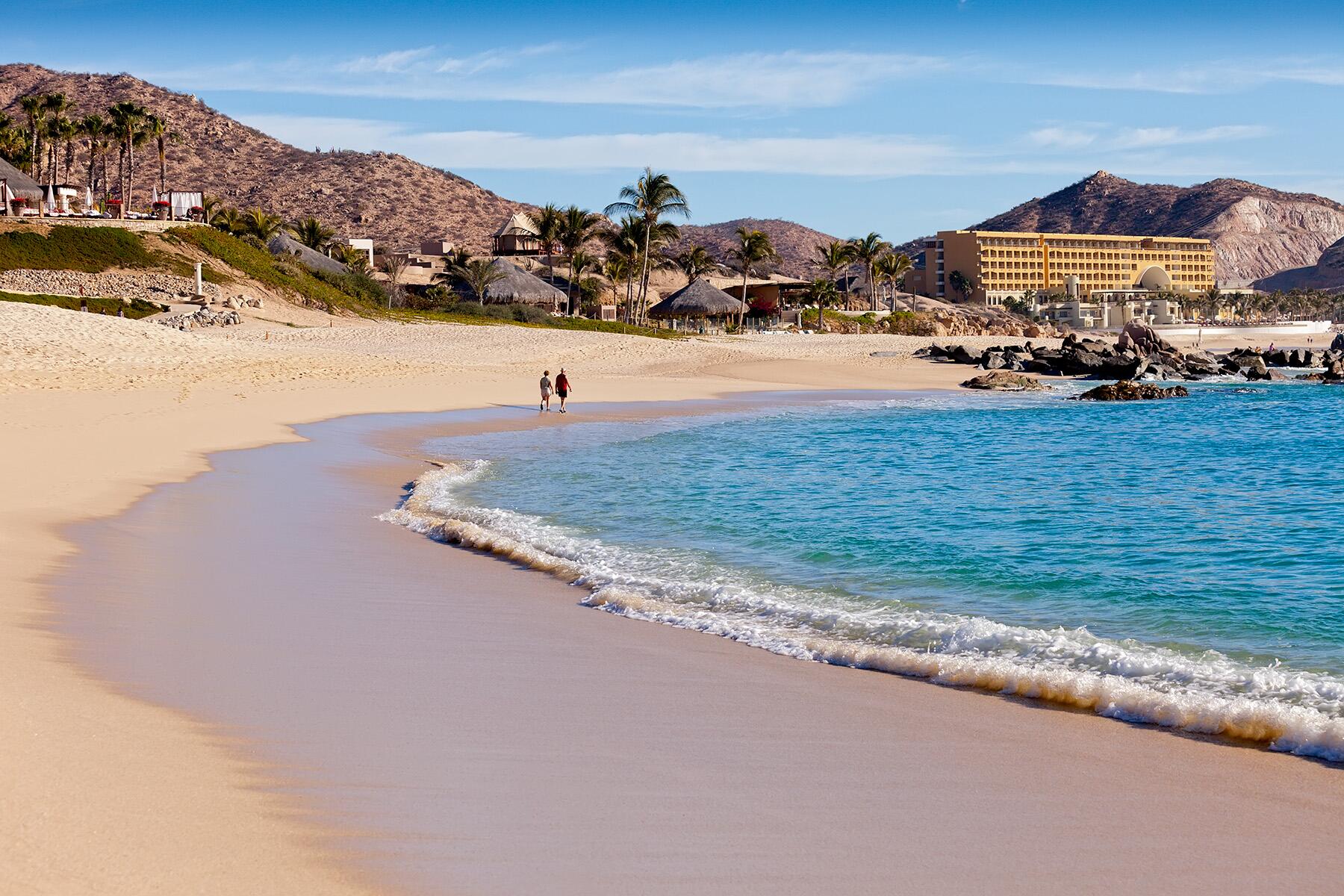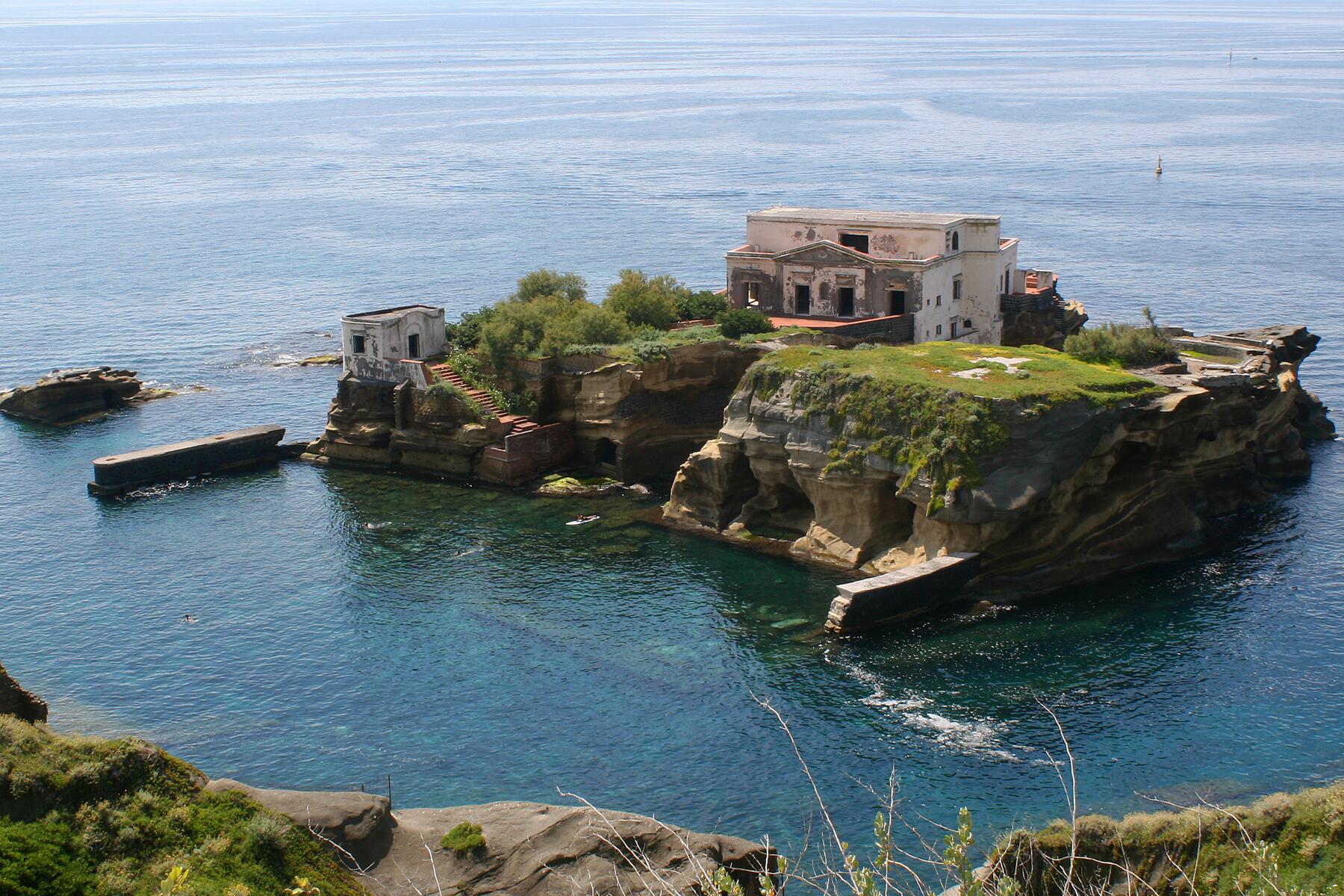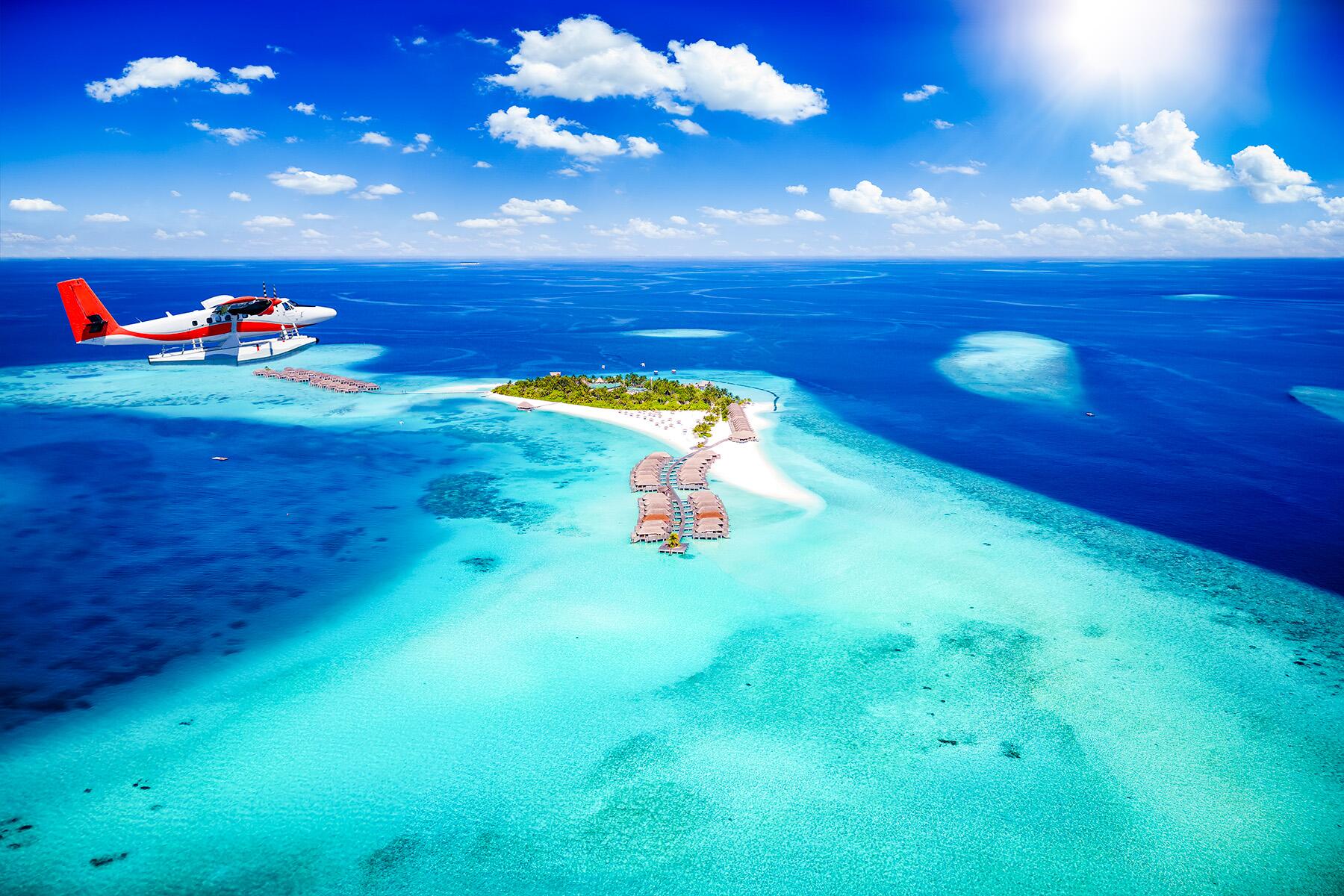Hint: It is a multilingual, flamingo-flecked, diver’s paradise with no traffic jams (or traffic lights).
The word “undiscovered” is somewhat overused in travel, but Bonaire truly is, particularly outside diving circles. This Dutch Caribbean nation battles the overall perception that there is little diversion on offer beyond underwater frills. Bonaire often sits in the shadow of its more popular island neighbors, Aruba and Curaçao, so much so that even airport immigration agents haven’t heard of it.
While visiting the island nation earlier this year, I curiously met countless people who fell in love with Bonaire and ended up relocating to the country, living up to the tourism slogan: Once a visitor, always a friend. I even found myself plotting my return before I left and was compelled to investigate this magnetic pull that many of us felt on the island. In asking people why they were inspired to move to Bonaire, I found 10 reasons they fell in love with the island (and why you might too).
Top Picks for You
Bonaire Is the World's First Blue Destination
Located 50 miles north of Venezuela, Bonaire is the world’s first Blue Destination, and the entire turquoise-fringed island is a protected marine park. Everyone must purchase an annual Marine Park Tag to enjoy the water or enter Washington Slagbaai National Park. The pass costs 45 USD for divers and 25 USD for everyone else, and this fee helps finance the maintenance of the marine park. The tag must be presented when hiring any dive or snorkel gear. Also, 40% of the island uses clean energy, spearfishing is banned, and a strict no anchoring policy for boats contributes to a healthy reef.
Diving Season Never Ends
Bonaire as a “diver’s paradise” is immortalized on all car number plates, and for 28 consecutive years, it has been voted the Best Shore Diving Destination in the Caribbean in Scuba Diving Magazine’s Annual Reader’s Choice Awards. There are many magnificent public dive sites—86 to be precise and 54 of which are shore dive sites and clearly earmarked with bright yellow rocks. The underwater world is phenomenal, with over 350 recorded fish species and a mild current throughout the year means it’s always safe to dive in Bonaire’s hyaline waters.
Recommended Fodor’s Video
The Inland Activities Are as Exciting as Its Diving
While water babies are well catered for, big thrills can also be found inland. There is a vast and varied dining scene for such a small island, ranging from slick sold-out chef’s table experiences to hillside goat stew and iguana soup tastings. Outdoor enthusiasts often flock to Washington Slagbaai National Park, where they will find bays, spots for exhilarating cliff jumping, hidden beaches that one needn’t share with another soul, and the highest point on the island, Brandaris.
A must-do activity for all adrenaline junkies is land sailing on blokarts with Bonaire Landsailing, run by New Zealander-Canadian couple Donna and Andrew Hudgeon. Their love story with Bonaire began the moment they stepped off the plane. While on the tarmac, both were overcome with an inexplicable feeling that they simply had to live there. Seven years later, they still do. Andrew has been ranked fifth in the world in the Heavy Weight class for land sailing, and they view Bonaire as one of the best places for the sport.
“Living here, we can go land sailing whenever we want due to the fantastic wind. It’s warm and there are safe waters for daily swimming and hiking trails that we haven’t even discovered yet,” says Donna. “Bonaire is unspoiled, unhurried, and unforgettable. It’s so easy to live here.”
It's Home to the Largest Uninhabited Island in the Caribbean
Bonaire is home to the largest uninhabited island in the Caribbean (Klein Bonaire), with incredible snorkeling potential in warm, cerulean waters. Bonaire is also one of the rare destinations where one can snorkel in crystal-clear alligator and piranha-free mangroves. People rent trucks to drive around the island (where there isn’t a single traffic light), passing by hundreds of retired service donkeys and thousands of cactuses (there are more of these than people), searching for some of the best diving that the world has to offer. Bonaire’s Cadushy Distillery also makes the world’s very first cactus vodka.
INSIDER TIPDon’t shy away from visiting the pristine and popular 1000 Steps Beach. The name is misleading, and there are actually only 67 stairs.
Its Surreal and Dream-like Landscape
The surreal and unexpected landscapes in Bonaire must be seen in person. Think azure blue beaches strewn with towering cactuses akin to the Wild West, pink lakes opposite snow-white salt flat mountains, and coral and sandy beaches just minutes from the blink-and-you’ll-miss-it capital that’s adorned with colorful Dutch gable-roofed buildings.
“Bonaire is tiny-yet-spacious, and you can quickly be in nature like you’re in the middle of nowhere without feeling lost,” says Daphne Nossels, who is the Hospitality Manager at SENSES, the chic waterfront boutique hotel and apartments in Kralendijk. Nossels has been pleasantly stuck in Bonaire since 2016 and became particularly enamored with the secluded spots, hiking trails, and caves just waiting to be discovered.
An Island Paradise for Flamingo Lovers
Bonaire is heaven for nature enthusiasts and bird watchers, but the island is particularly a paradise for flamingo lovers. Travelers can arrive at the very pink Flamingo Airport, stay at Divi Flamingo Beach Resort and Casino, watch the SV Atlétiko Flamingo soccer team play, and shop for flamingo memorabilia in the boutiques of Kralendijk.
Various protected areas around the island are reserved exclusively for the pink-hued national bird, including the Gotomeer saltwater lagoon. Other flamingo flamboyance hotspots include Playa Funchi and the scenic saltpans at Slagbaai.
Bonaire's Beautiful Colors and Ideal Weather
Rectangular with diagonal blue, white, and yellow bands, Bonaire’s flag is an ideological marker of what lies within. The blue band symbolizes the sea—an important source of sustenance and enjoyment for Bonairians—and the white band represents peace and tranquility, a laid-back ethos that permeates the island. The yellow part of the flag is for the sun and flowers, particularly from the kibrahacha tree.
There’s a perennially sunny forecast in Bonaire and little annual rainfall (only 20-25 inches per year), so much of life can be spent blissfully outdoors. Many buildings are also painted a visually-pleasing yellow hue.
“Each sunset in Bonaire is a different beautiful painting,” according to Isabel Cristina Fernández. Originally from Barranquilla, Colombia, she came to Bonaire for an internship back in 2010. She now works as the Front Office Manager at Harbour Village, the most upscale beach resort on the island where Hollywood and Dutch royalty have rested their heads. She has no plans to leave the island and loves that there is one thing you will never need there—a jacket.
INSIDER TIPFor a golden sunset to remember, head to Ocean Oasis Beach Club for cocktails and scrumptious cuisine before the sun sinks lazily into the water.
A Multilingual Destination
Bonaire is a culturally eclectic world tour in one scenic setting. The islanders are effortlessly multilingual and four languages are spoken there: English, Spanish, Dutch, and Papiamentu. The latter is a Creole language with roots in Portuguese, Spanish, Dutch and English, and it is widely spoken among locals, although Dutch is the official language. Don’t be surprised to find servers at restaurants switching between numerous tongues with sheer ease.
INSIDER TIPPapiamentu basics that will serve you well include “dushi” for great, sweet, or delicious and “masha danki” to give thanks.
Yearly Festivals and Musical Events
When else will you get to attend a 26-hour, non-stop music, food, and fire jumping festival thrown for people named Juan and Pedro? This is the premise of the San Juan and San Pedro festivals, which occur each year in June in the villages of Rincon, Nikiboko, and Nord Saliña. Locals also look forward to Dia di Boneiru (Flag Day) every year on September 6th, the Maskarada New Year’s Day festival, and Barí when drumming musicians take to the streets to settle scores and reveal all the secrets from the past year.
INSIDER TIPFor anyone wishing to dive deeper into Bonaire’s history and cultural heritage, the Mangazina di Rei open-air museum in Rincon is a must-visit.
World Class Kite Surfing With World Class Instructors
Windy Atlantis Kite Beach on the south of the island is a coveted kite surfing spot, while Sorobon Beach on the east side has perfect conditions for windsurfing in shallow, warm waters. Travelers in Bonaire can get lessons from two of the best freestyle windsurfers in history, Taty and Tonky Frans.
After breaking records worldwide, the champion Bonairian windsurfing brothers are back on the island and running their own school, Frans Paradise in Sorobon. The ever-humble brothers have stayed, played, and windsurfed in over 25 countries—including Norway, Canada, France, and Turkmenistan—but Bonaire remains their most cherished place.
“The water in Sorobon is so beautiful that you just want to jump in,” muses Taty. “I love living and working here because my daily uniform is shorts and flip-flops. Life is mellow, people are friendly, and I’m always in nature. What more could I need?”
INSIDER TIPMake like a local and visit the wildly trendy Gio’s ice-cream parlor on Kaya Grandi (Kralendijk’s main street) for zany flavors like Smurf, Werther’s Original, and “Cheeky.”




